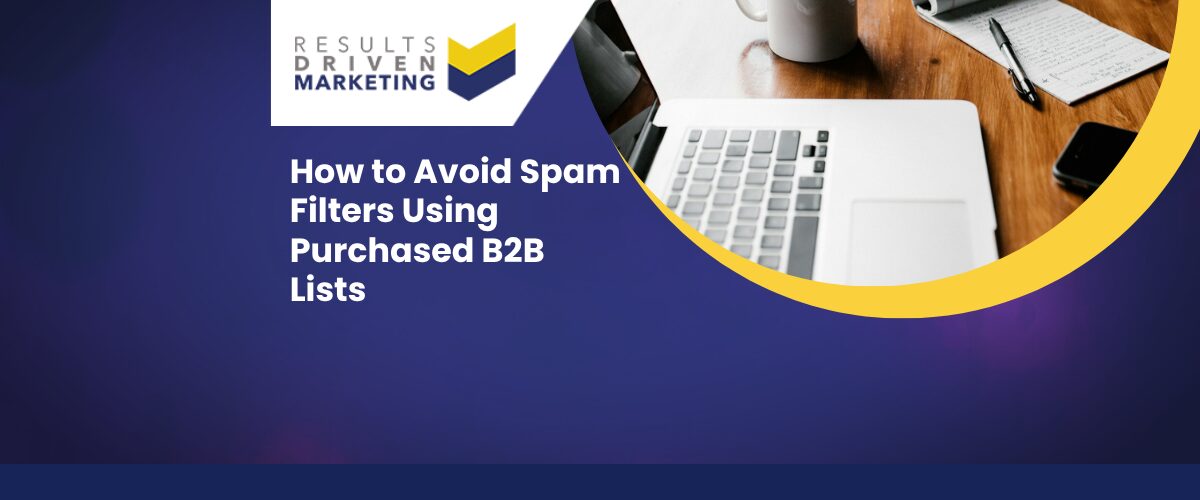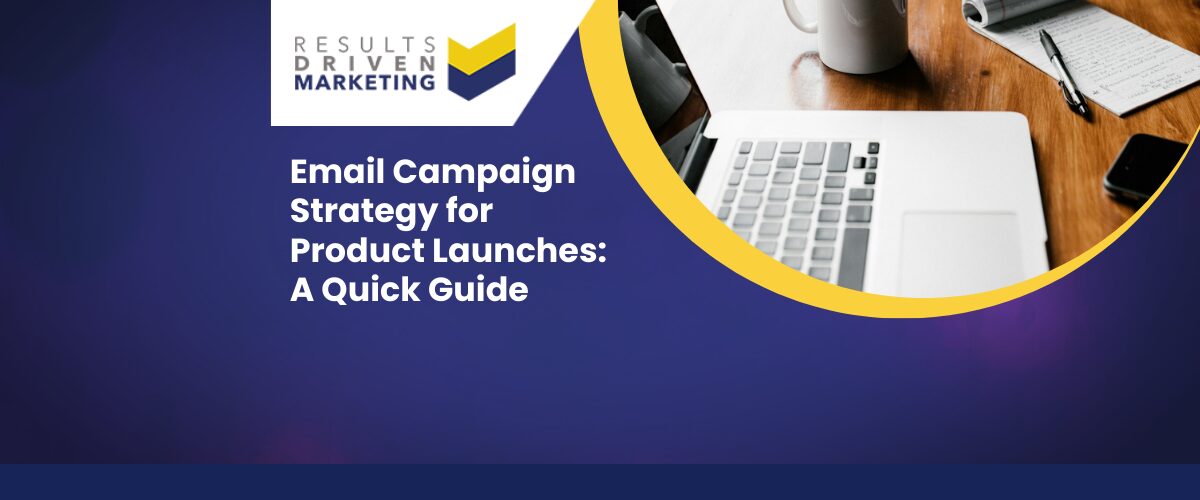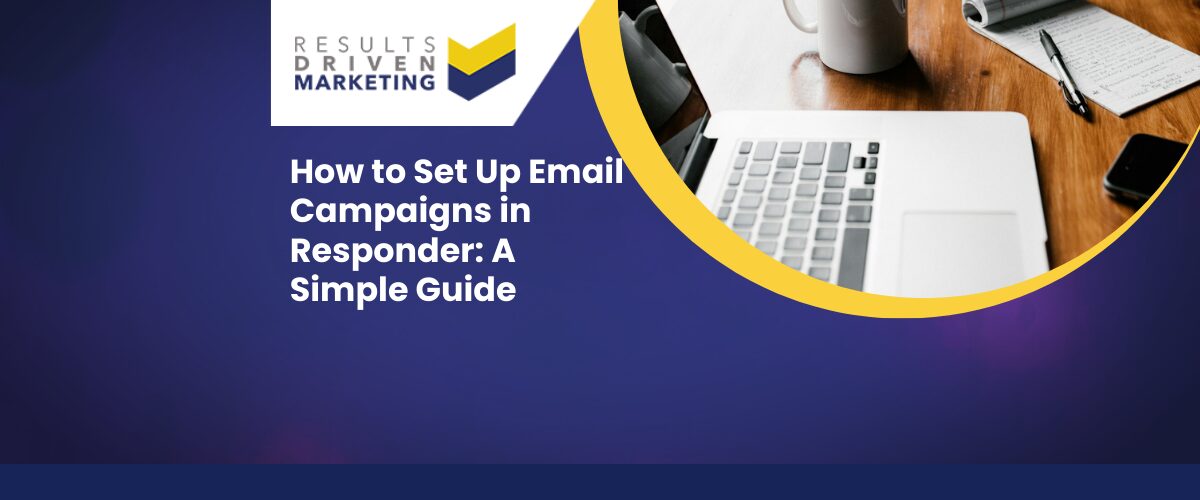
How to Avoid Spam Filters Using Purchased B2B Lists
How to avoid spam filters using purchased B2B lists is one of the biggest concerns for SMEs relying on cold email to generate leads. You’ve invested in quality data, crafted a solid campaign—but if your emails land in spam folders, none of that matters.
The problem isn’t just bad content—it’s often bad data, poor sender setup, or skipping basic deliverability hygiene. Spam filters today are smart. They look at your domain reputation, email formatting, contact quality, and even how your recipients engage.
The good news? Deliverability issues are avoidable. With the right prep and process, you can run outreach campaigns that actually reach inboxes, not spam boxes.
In this guide, we’ll explain how to warm up your sending domain, clean your lists, personalise your messages, and maintain your sender reputation. The goal: more opens, better engagement, and B2B campaigns that deliver results.
Table of contents:
Why Purchased B2B Lists Trigger Spam Filters
Using purchased B2B data doesn’t have to land you in spam—but many lists do more harm than good if not handled properly. Here’s why:
Common Pitfalls
-
Outdated Contacts: If emails bounce because people have left or domains have changed, spam filters flag you as risky.
-
Generic Addresses: info@ or admin@ accounts rarely engage, and high volumes of these lower your sender score.
-
Catch-All Domains: These can mask invalid addresses, increasing bounces and spam complaints.
-
Lack of Segmentation: Sending the same message to everyone makes your emails feel generic—and easy to mark as spam.
How Bad Data Hurts Reputation
Inbox providers like Google and Microsoft track:
-
Bounce rates
-
Spam complaints
-
Unsubscribe behaviour
-
Lack of engagement
If these signals suggest low quality, your domain or IP gets flagged—and future emails won’t even make it to the inbox.
The Cost of Poor Deliverability
-
Low open rates = missed opportunities
-
Blacklisted domains/IPs = time-consuming to fix
-
Damaged brand trust = long-term impact on future campaigns
The right prep and smart list use can protect your email performance—and your reputation.
Preparing Your List for Better Deliverability
Before you even send a single email, your data and setup need attention. This is where many campaigns go wrong—but it’s also where you gain the biggest edge.
Clean and Segment Before Sending
-
Remove duplicates and invalid addresses – Use only up-to-date, named contacts. Avoid generics like info@ or sales@.
-
Segment by job title, industry, or region – Tailored messages perform better and are less likely to be flagged as spam.
-
Avoid sending to thousands of contacts cold – That’s a red flag for email filters. Smaller, focused batches are safer.
Warm-Up Your Domain and IP
-
Start slow – Begin with small sends to known or internal contacts.
-
Gradually increase send volumes – Over a few weeks, not overnight.
-
Track performance – High bounce or complaint rates early on can sink your sender score.
Authenticate Your Email Domain
-
Set up SPF, DKIM, and DMARC – These protocols prove your emails are legitimate.
-
They help inbox providers trust you, which boosts inbox placement.
-
Not doing this? You’re inviting deliverability issues—especially with Gmail, Outlook, and Yahoo.
Crafting Campaigns That Spam Filters Allow
Even the best data won’t save you if your email content raises red flags. Filters look for more than just the sender—they scan your message too.
Use Clear, Professional FROM and SUBJECT Lines
-
Match your sending name and domain – A mismatch (e.g. sending from “Tom at ABC Ltd” but the domain says “XYZ Marketing”) reduces trust.
-
Avoid spammy subject lines – Phrases like “Act now!” or “100% free” are likely to get flagged.
-
Keep it short and relevant – Decision-makers skim. Clarity beats cleverness.
Relevant, Concise Content
-
Personalise where possible – Use the recipient’s name, company, or job title.
-
Speak to real pain points – Relevance reduces the chance of being ignored—or reported.
-
Avoid large images or attachments – These can trigger spam filters or slow down load time.
Add Easy Opt-Outs and Transparency
-
Include an obvious unsubscribe option – Hiding it is not only a GDPR risk but also a spam trigger.
-
Use a real signature – Include your name, job title, and company address. This builds trust.
Managing Engagement to Build Reputation
Your sender reputation isn’t just about setup—it’s shaped by how your recipients react. Inbox providers track every engagement signal to decide whether your emails are welcome or not.
Monitor Opens, Clicks, and Replies
-
Track engagement per campaign – Low open or reply rates over time hurt your domain.
-
Look at trends, not just one-off results – Consistently low engagement is a red flag.
Suppress Unengaged or Bouncing Contacts
-
Remove hard bounces immediately – They damage your credibility.
-
Stop emailing unengaged contacts after 3–5 attempts – Sending again won’t win them back but may hurt deliverability.
Maintain Ongoing List Hygiene
-
Review lists regularly – Don’t re-use data that’s months old without rechecking.
-
Update contact records – Roles and addresses change often. Outdated data wastes time and budget.
Why Choose Results Driven Marketing
When it comes to B2B outreach, deliverability starts with data—and we understand the stakes. At Results Driven Marketing, we help SMEs avoid the common traps that lead to spam folders and failed campaigns.
Here’s how we support better email performance:
-
Clean, Structured Data
We supply accurate, segmented B2B email lists with job titles, company size, sector, and geography—all cleaned and CTPS-checked to improve delivery. -
Expert Advice on Campaign Setup
We don’t just hand over data—we help you understand how to use it correctly. From domain warm-up tips to content do’s and don’ts, we’re here to guide you. -
Focused on Compliance and ROI
Our lists are sourced responsibly and built for real-world results. No fluff. No wasted sends. Just solid leads ready for your outreach.
Whether you’re just getting started or troubleshooting low deliverability, we’ll help you improve your inbox placement and get more from every email you send. Contact us to learn more.
Final Thoughts
How to avoid spam filters using purchased B2B lists doesn’t have to be complicated—it just requires a bit of groundwork and good habits. From cleaning and segmenting your data to warming up your domain and writing clear, relevant messages, small improvements make a big difference.
Spam filters aren’t out to get you—they’re just doing their job. Your job is to show them you’re a legitimate sender with something valuable to offer. When you do that consistently, you’ll see higher open rates, better replies, and a stronger return on every campaign.
Need help improving your outreach strategy or getting hold of clean, GDPR-conscious data? Contact us for a free, friendly chat—or explore our high-quality email lists tailored to your industry and goals.
Results Driven Marketing
Helping UK SMEs go from bad data to more customers and profits.
📞 0191 406 6399
📍 Cobalt Business Exchange, Newcastle
🌐 rdmarketing.co.uk





